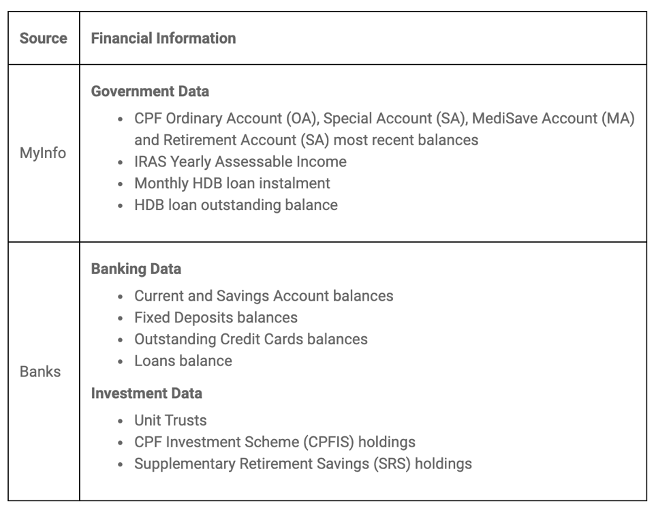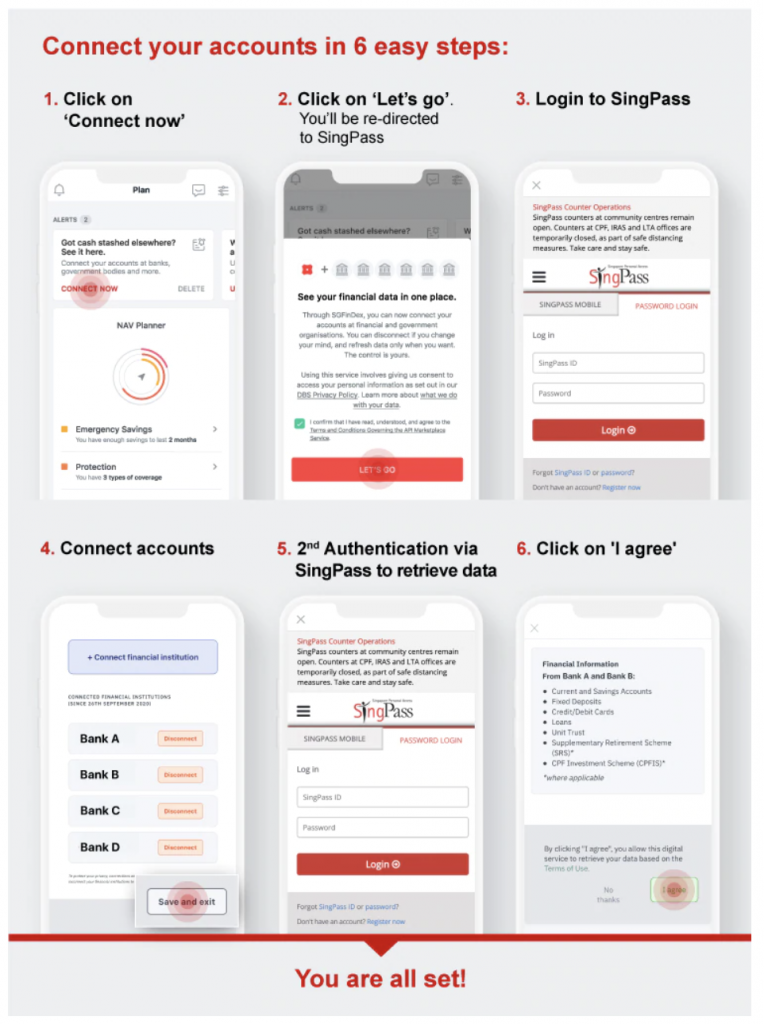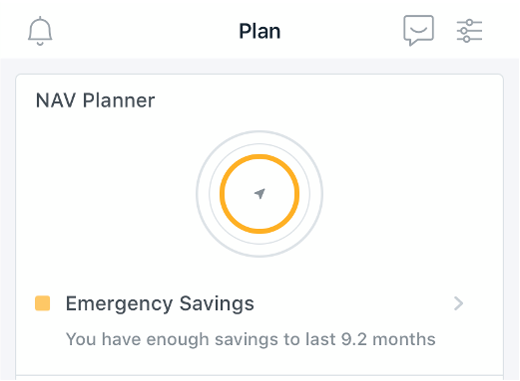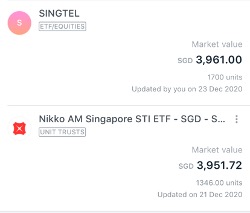Three causes there gained't be considered a 2021 housing industry crash

Why DBS NAV Planner Will Be The Go-To Financial Tool Now That SGFinDex Allows Consumers To Consolidate Their Financial Data

While some of us were focusing on digital bank license results made earlier in December, another major announcement might have gone unnoticed on 7 December 2021. It was when the launch of the Singapore Financial Data Exchange (SGFinDex) was announced.
What Exactly May be the SGFinDex?
SGFinDex is a public digital infrastructure that allows individuals to access their financial information held across CPF, HDB, IRAS and seven participating banks in Singapore.
With SGFinDex, we can now use our SingPass to retrieve consolidated personal financial information from CPF, HDB, IRAS and the 7 participating banks in Singapore. For instance, we can get information for example our deposits, credit card balances, loans and investments from financial institutions we have a banking relationship with. Likewise, we are able to also retrieve financial information from CPF, HDB and IRAS.
In the initial phase, seven banks is going to be participating in SGFinDex along with the government agencies. The participating banks are
- Citibank;
- DBS/POSB;
- HSBC;
- Maybank;
- OCBC;
- Standard Chartered; and
- UOB
This implies that we can retrieve information from all of these participating banks using our SingPass via SGFinDex.
To be clear, these are personal financial information that 1) is associated with us and 2) we already have immediate access to. SGFinDex does not give us any new information that people don't already have. What it helps us to do is to easily access, via applications, the information held by these entities.
How SGFinDex Might help Us With Financial Planning
If you ever tried to do financial planning, one of the challenges you will face is having to consolidate all the financial information needed. This requires a tedious process of having to retrieve data from accounts that are held with different banks and government agencies.
Through SGFinDex, we no longer need to manually extract information from different financial institutions and government agencies. Instead, we can retrieve the financial information needed from these entities using our SingPass.
For the first SGFinDex phase, here is the information we can retrieve.

Source
For those worried about their privacy, SGFinDex itself doesn't store any information. It only retrieves and transmits information towards the financial planning platforms that we wish to share the information with. This needs to be authorised by us via SingPass. We can also choose to disconnect the access anytime we want.
To Use The Information On SGFinDex, We Still A Financial Planning Platform Like DBS NAV Planner
While SGFinDex is excellent, by itself, it is not an app and you can only access it through a trusted financial planning platform, such as the DBS NAV Planner. It's only whenever we have the right financial planning platform that the information can be retrieved.
The good news for us is there is a perfectly ideal financial planning platform that we can already use in Singapore – the DBS NAV Planner. For individuals who don't know, the DBS NAV Planner is a digital tool that helps us track, protect and grow our money, designed around an extensive financial planning framework.
For those of us who are an existing DBS/POSB customer with online banking access, then we already have DBS NAV Planner, whether or not we realised or have used it before. We can access this via the “Plan” tab in DBS ibanking or the DBS digibank mobile app.
What is nice about DBS NAV Planner is that if we already have a banking relationship with DBS, it may utilise the information it already has from DBS to give us a good picture in our financial situation. This includes our spending and saving patterns each month, investments we have made and insurance protection policies we may have bought through DBS.
For example, like lots of people in Singapore, I use DBS for my day-to-day expenses. The DBS NAV Planner detects how much I spend and save each month, and based on this, can also give me insights such as the emergency savings I actually have.
As you can see, at just 2.A few months, the amount of emergency savings I have isn't looking too good.

But here's the issue. Like many other people, I have savings in other bank accounts beyond DBS. So while DBS NAV Planner is advantageous, it doesn't always give me a complete picture of my finances unless I connect it with information from other banks.
Prior to SGFinDex, if I want a complete view of my finances while using DBS NAV Planner, I could get it but that would require me to manually type in the additional information needed for example my savings in other non-DBS accounts. I'll also need to continually update the data to ensure that DBS NAV Planner can instruct to me information that is accurate.
However, with the launch of SGFinDex, we can now choose to connect the DBS NAV Planner automatically to the of the other participating banks and government departments. It's interesting to note that even if you're not an existing DBS customer, you can still use the DBS NAV Planner by downloading the DBS digibank app.

Based on our experience via mobile, you will need to login via your Singpass twice. The very first login is to access SGFinDex, which you can do so using your Singpass. If this is the first time you are using SGFinDex, you will need to add the various banks that want to SGFinDex. The second login would be to provide permission for the DBS NAV Planner to access the information on SGFinDex.
You can refer to the steps below as explained by DBS.

Once we've done so, our DBS NAV Planner will utilise the extra information from other financial institutions to give us a more accurate assessment in our financial status.
For example, I now have a much healthier level of emergency savings at 9.8 weeks once my savings from other bank accounts are taken into consideration.

Besides information using their company financial institutions, DBS NAV Planner may also include information from government departments such as CPF, HDB and IRAS.
DBS NAV Planner Can Provide Us With Insights Beyond Just Financial Data
Merely having information isn't good enough if it doesn't inspire us to take action to attain positive outcomes. One advantage that DBS NAV Planner has is that after it has a holistic overview of our financial situation, it can provide us with valuable insights that can lead to concrete actions to improve our current finances. For example, based on your current assets and liabilities and projected future expenditure and income, the DBS NAV Planner can help you project your future cashflow for the goals or retirement and assist you to plan 20, 30, or even 40 years ahead.
Keep Track of Investments
Similarly, the DBS NAV Planner also has an investment feature on its platform that may tell us the value of our portfolio. One of the features includes a real-time investment tracker. For example, once you tell DBS NAV Planner you have 1000 stocks of Apple (AAPL), the value of investments will reflect real-time market conditions.
Similarly, if we invested in other asset classes such as unit trusts (whether it's with DBS or any other banks), the market value of these investments could be reflected automatically in our DBS NAV Planner, thanks to SGFinDex. There would no longer be a need for us to manually adjust our investment portfolio value every time we want an update.
While SGFinDex doesn't allow us to link our CDP account (yet), we can still add equities and ETFs that people own to the DBS NAV Planner. Once added, the need for these equities and ETFs will automatically be updated by DBS NAV Planner.
For example, as someone who owns some Singtel shares, I can add the assets to my DBS NAV Planner.

The indicative price SGD 2.33 that you simply see above is automatically supplied by the DBS NAV Planner based on the current Singtel share price.
Once added, it will likely be going into your investment portfolio along with other investments that you may have. DBS NAV Planner can display you the market value of your investments.

I also have some Nikko AM Singapore STI ETF shares which were bought through DBS so this is automatically included in my investment portfolio for that DBS NAV Planner.
Insurance Coverage Gap
The DBS NAV Planner includes a protection feature that helps us understand if we have any insurance coverage gap. These include critical illness mortgage insurance, health insurance life insurance. Once we provide DBS NAV Planner with information on our existing insurance policies, it can suggest to us what are the protection gaps we may have.
One challenge that we still need to accommodate (for now) is that we must manually update insurance policies and certain investment that people may have made beyond DBS. It is because currently, SGFinDex doesn't allow us to connect insurance plus some investment information (like our CDP holdings) in the initial launch phase. However, this might change in the future.
With DBS NAV Planner being able to encompass money management, protection, investments and retirement planning, it's, in our opinion, the most comprehensive financial planning tool available to all for free in Singapore.
Despite that, DBS NAV Planner is still relatively beginner friendly. Even if you don't want to deep dive and geek out about your financial health, it's still relatively accessible to people just beginning their financial journey.
Indeed, DBS NAV Planner is not just about helping us consolidate information – an excel sheet can perform that if need be. Instead, the extra value with DBS NAV Planner is that it can provide us with useful insights that we need to help us make better financial decisions.
According to DBS, the DBS NAV Planner has already helped more than 1.8 million users to do budgeting and monitor their investment performance, and obtain personalised financial insights and recommendations. 400,000 of them have even turned their finances around through using DBS NAV Planner. And with SGFinDex, the question isn't so much about if the DBS NAV Planner can help more and more people in Singapore, but rather, whether you will be keen to take the first step to start your financial planning journey now that you've got the tools in your hand to get going easily.





